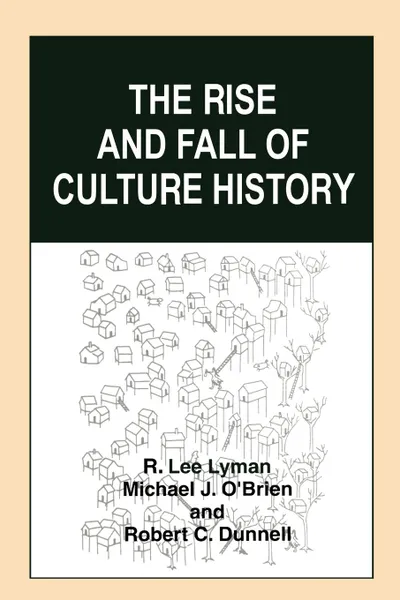The Rise and Fall of Culture History 12+
288 страниц
Категория: Научная литература
ISBN: 9780306455384
Язык: Английский
📓 VJver forty years ago Gordon R. Willey (1953b:361) stated that "[t]he objectives of archeology . . . are approached by the study and manipulation of three basic factors: form, space, and time. " A few years later, Albert C. Spaulding (1960b:439) repeated this thought using different words: "[AJrchaeology can be defined minimally as the study of the interrelation ship of form, temporal locus, and spatial locus exhibited by artifacts. In other words, archaeologists are always concerned with these interrelation ships, whatever broader interests they may have, and these interrelation ships are the special business of archaeology. " Many of the means Americanist archaeologists use to examine formal variation in artifacts and the distribution of that variation across space and through time were formulated early in the twentieth century. The analytical tenets, or principles, underlying the various methods and techniques were formalized and axiomatized in later years such that by the 1930s they con stituted the first formal paradigm for Americanist archaeology-a paradigm commonly termed culture history. This paradigm began with a very specific goal-to document the history of the development of prehistoric cultures in the Americas. Although it fell from favor in the 1960s, many of its central tenets were carried over to newer paradigms and thus continue to be fun damental within Americanist archaeology. With Willey's and Spaulding's conceptions as our guid...
Мнения
